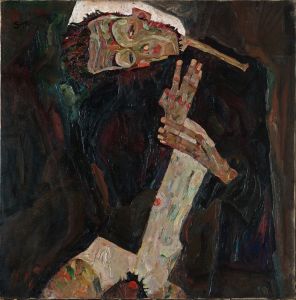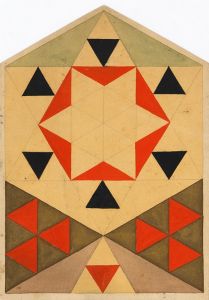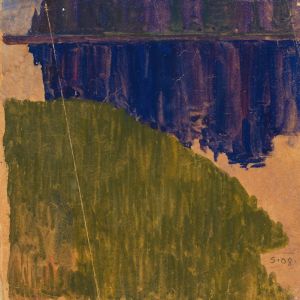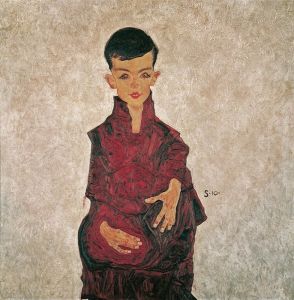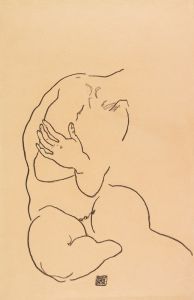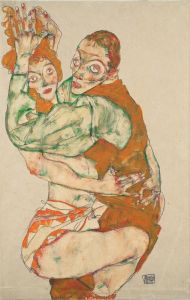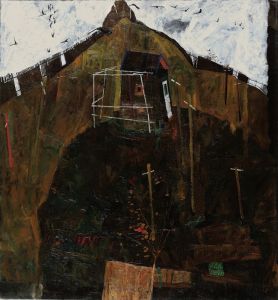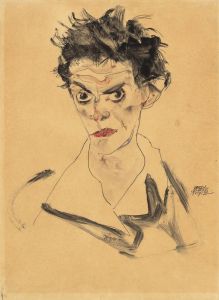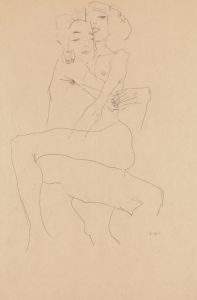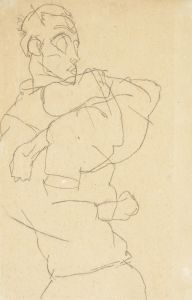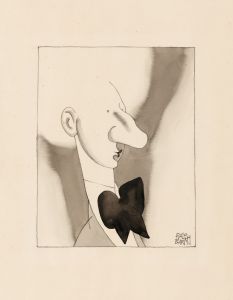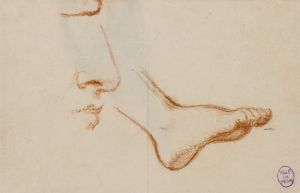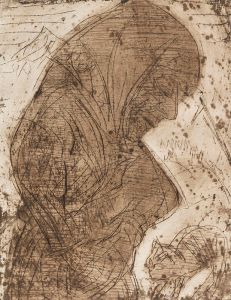
Abstrahierter Giebel hinter einem Zaun
A hand-painted replica of Egon Schiele’s masterpiece Abstrahierter Giebel hinter einem Zaun, meticulously crafted by professional artists to capture the true essence of the original. Each piece is created with museum-quality canvas and rare mineral pigments, carefully painted by experienced artists with delicate brushstrokes and rich, layered colors to perfectly recreate the texture of the original artwork. Unlike machine-printed reproductions, this hand-painted version brings the painting to life, infused with the artist’s emotions and skill in every stroke. Whether for personal collection or home decoration, it instantly elevates the artistic atmosphere of any space.
Egon Schiele, an Austrian painter known for his distinctive style and contribution to early 20th-century art, created the work titled "Abstrahierter Giebel hinter einem Zaun" (translated as "Abstracted Gable Behind a Fence"). Schiele was a protégé of Gustav Klimt and a significant figure in the Expressionist movement, renowned for his intense and often provocative imagery.
"Abstrahierter Giebel hinter einem Zaun" is one of Schiele's works that exemplifies his exploration of architectural forms and landscapes, a theme he frequently revisited throughout his career. The painting reflects Schiele's interest in capturing the essence of his subjects through abstraction and distortion, a hallmark of his artistic approach. His work often features bold lines, stark contrasts, and a unique use of color, which can be seen in this piece.
The painting depicts a gable, a triangular portion of a wall between the edges of a sloping roof, situated behind a fence. This composition highlights Schiele's ability to transform ordinary architectural elements into subjects of artistic inquiry. The abstraction in the painting suggests a departure from realistic representation, focusing instead on the emotional and psychological resonance of the scene. Schiele's use of abstraction was innovative for his time, contributing to the broader Expressionist movement that sought to convey subjective experiences and emotions.
Schiele's career was marked by a prolific output of drawings, watercolors, and paintings, despite his untimely death at the age of 28 in 1918 due to the Spanish flu pandemic. His work often explored themes of sexuality, death, and the human form, but he also had a keen interest in landscapes and architecture, as demonstrated in "Abstrahierter Giebel hinter einem Zaun." This painting is part of a broader body of work that includes cityscapes and rural scenes, reflecting his diverse interests and the influence of his surroundings.
The context of Schiele's work is essential to understanding its impact. He was active during a period of significant social and political change in Europe, and his art reflects the tensions and anxieties of the time. The Expressionist movement, to which Schiele contributed, was characterized by a desire to break away from traditional artistic conventions and to express the inner turmoil and existential concerns of the modern world.
"Abstrahierter Giebel hinter einem Zaun" is a testament to Schiele's innovative spirit and his ability to convey complex emotions through simple forms. His work continues to be celebrated for its emotional depth and technical mastery, and it remains influential in the study of modern art. Schiele's paintings, including this one, are housed in various museums and private collections worldwide, where they continue to captivate audiences with their intensity and originality.
In summary, Egon Schiele's "Abstrahierter Giebel hinter einem Zaun" is a significant work that exemplifies his contribution to Expressionism and his unique approach to abstraction. Through this painting, Schiele invites viewers to engage with the emotional and psychological dimensions of everyday scenes, transforming them into profound artistic expressions.





